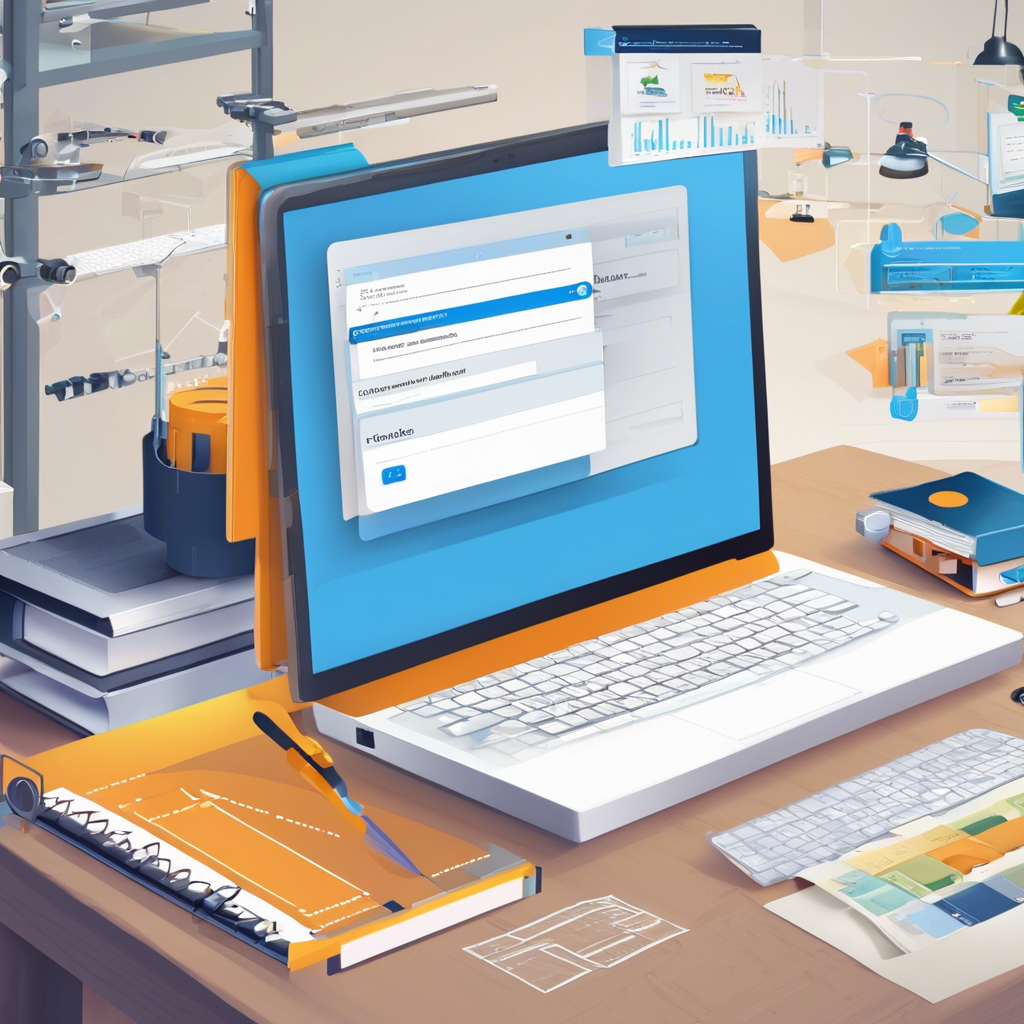Online database builder tools

Online database builder tools have revolutionized the way businesses and individuals organize and manage their data. These user-friendly platforms offer a wide range of features that make creating, accessing, and sharing databases easier and more efficient than ever before. Whether you’re a small business owner looking to streamline your operations or a student working on a research project, online database builder tools can help you achieve your goals with ease.
One of the key benefits of using online database builder tools is the ability to create customized databases tailored to your specific needs. With drag-and-drop interfaces and pre-designed templates, users can quickly build databases without any prior coding knowledge. This flexibility allows for greater customization and ensures that your database meets all your requirements.
Furthermore, online database builder tools offer collaboration features that enable multiple users to work on the same database simultaneously. This real-time collaboration is particularly useful for teams working on projects together, as it ensures that everyone is always working with the most up-to-date information. Additionally, these tools often come with permission settings that allow you to control who can view, edit, and share your database.
Security is another crucial aspect of online database builder tools. These platforms prioritize data security by offering encryption, access controls, and regular backups to protect your information from unauthorized access or loss. By storing your data in the cloud, you can also ensure that it is safe from physical damage or theft.
Many online database builder tools also come with advanced search and filter capabilities that make it easy to find specific information within large datasets. These features can save users valuable time by quickly locating the data they need without having to sift through irrelevant information manually. Additionally, some tools offer automated reminders and notifications to keep users informed of important updates or deadlines.
Integration with other software and applications is another key feature of online database builder tools. Users can easily connect their databases to popular tools such as Microsoft Excel, Google Sheets, or CRM systems to streamline workflows and improve productivity. This seamless integration eliminates the need for manual data entry and ensures that information is always synced across platforms.
In addition to these features, online database builder tools often provide analytics and reporting functionalities that allow users to gain valuable insights from their data. By visualizing trends, patterns, and correlations within the database, users can make informed decisions and drive business growth. These tools make it easy to create custom reports and dashboards that present data in a clear and actionable format.
Moreover, online database builder tools are cloud-based, which means that users can access their databases from anywhere with an internet connection. This remote accessibility is especially beneficial for teams working across different locations or individuals who need to access their data on the go. With mobile-friendly interfaces, users can manage their databases from smartphones and tablets with ease.
Training and support resources are often available for users who are new to online database builder tools. Many platforms offer tutorials, webinars, and customer support to help users get started and troubleshoot any issues they may encounter. This ongoing support ensures that users can make the most of the tool’s features and maximize their efficiency in managing their databases.
In conclusion, online database builder tools offer a wide range of benefits for businesses and individuals looking to streamline their data management processes. From customizable database creation to real-time collaboration, advanced security features, and seamless integration with other software, these tools provide a comprehensive solution for organizing and accessing data efficiently. Whether you’re a beginner or an experienced user, online database builder tools can help you unlock the full potential of your data and achieve your goals with ease.




